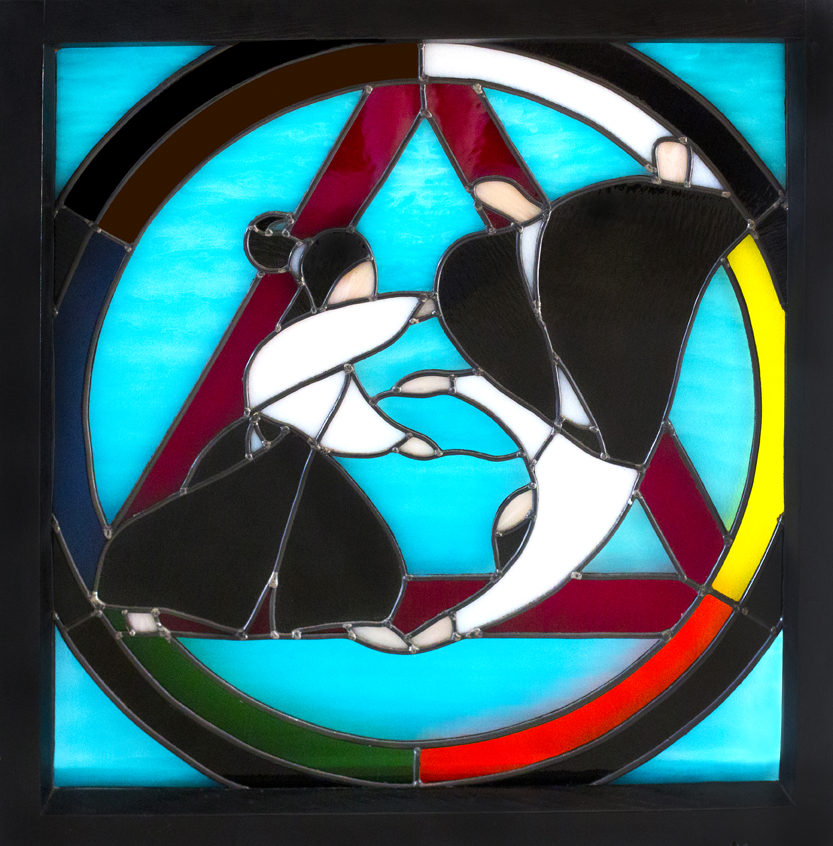Welcome to Haruki dojo’s website
We are a friendly social not for profit association conducting Aikido training in Aikido Goshinkai style of Aikido, which is a Ki Aikido style of Aikido. We are located in the Tweed Heads (Gold Coast) area of Australia. All visitors are welcome to come along and watch. Visitors from other styles are welcome to train with us. Beginners are welcome to come along at any time and start training, watch or have a talk with the instructors and students.
The meaning of word Aikido is – path to harmonising life’s energy
From the 2017 TV series “The Good Fight” original video can be seen by clicking here
Please look through this website, your questions are most likely answered within this website, if you have any further questions please contact us.
Fun, Fitness and Friendship
Learn non-aggressive de-escalating self defence
Learn how to use your inner strength
Learn mind and body coordination
Learn how to be truly relaxed
Learn to remain calm and centred in your daily life
Learn to harmonise with different environments and situations
Learn the Bokken and Jo
Well-being is the focus of the instructors
We train with no fighting or competition
Aikido Seniors class suited for everyone from aged 12 or 13 +
Aiki Kids classes from the age of 7 +

We have a permanent air conditioned Dojo inside the Tweed Heads Sports Club. Being part of the Tweed Heads Sports Club members take advantage of other club facilities and have social events in the club.

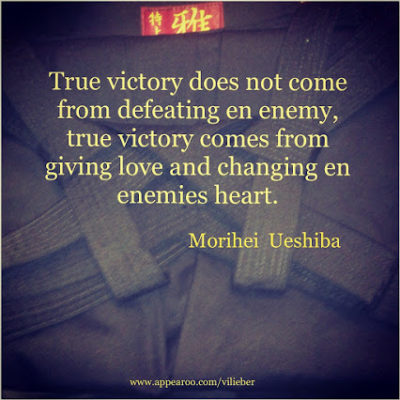
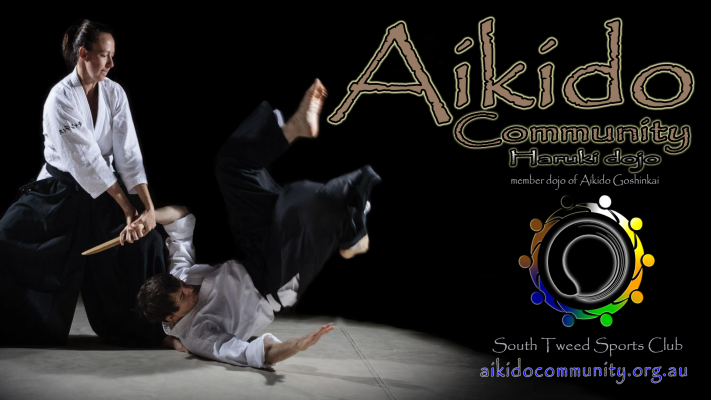

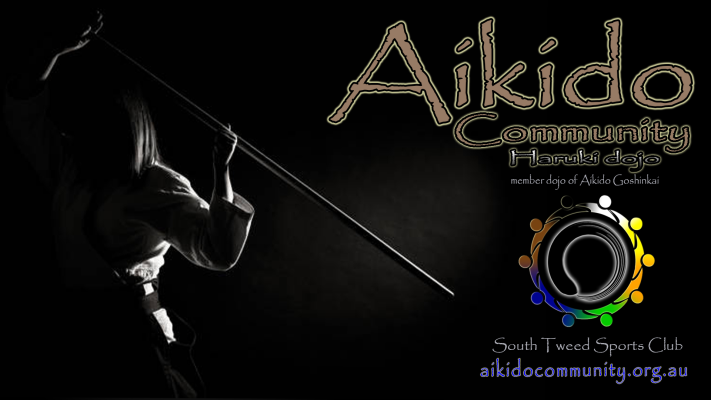
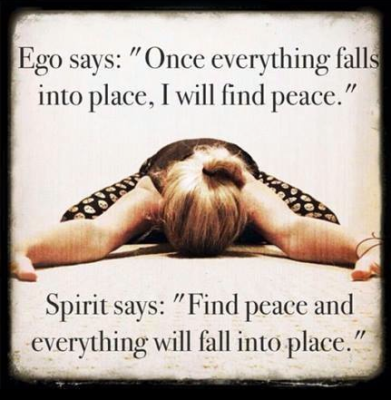
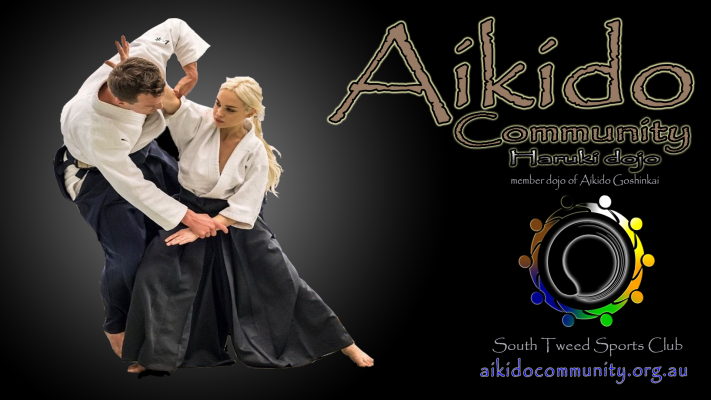
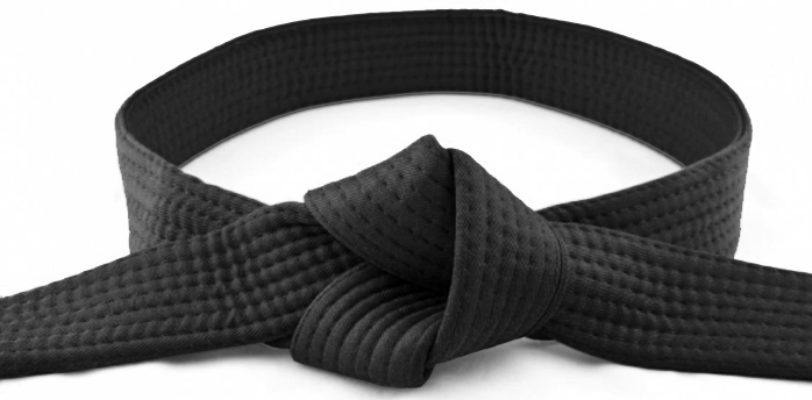
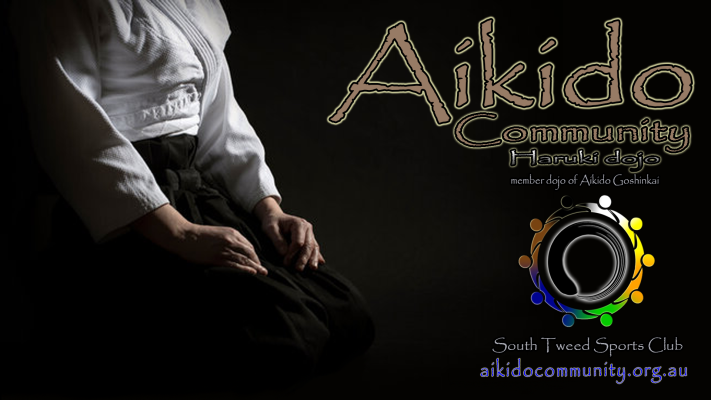
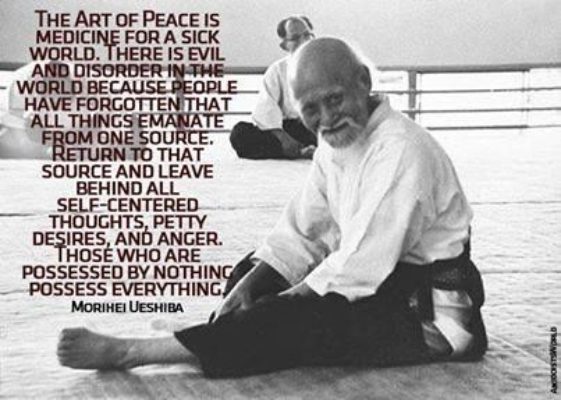
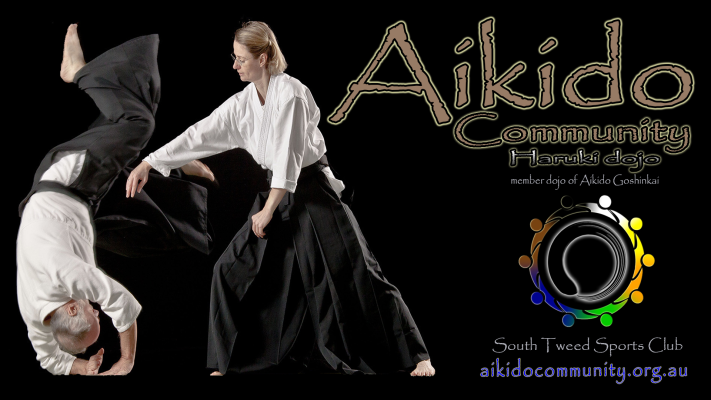
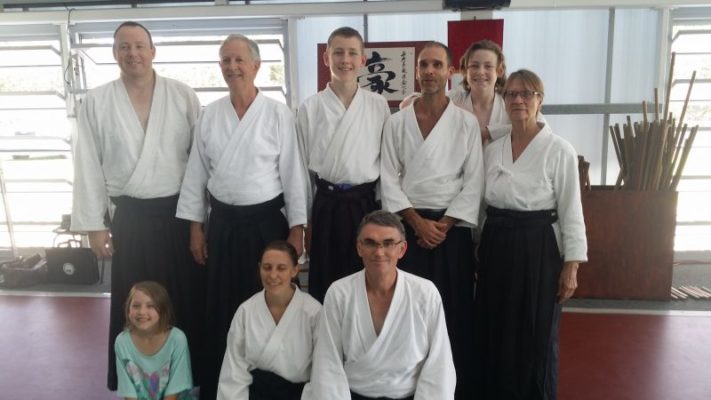
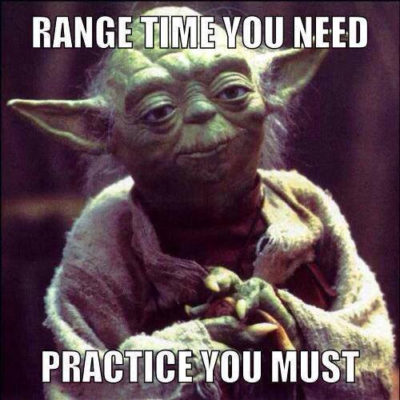
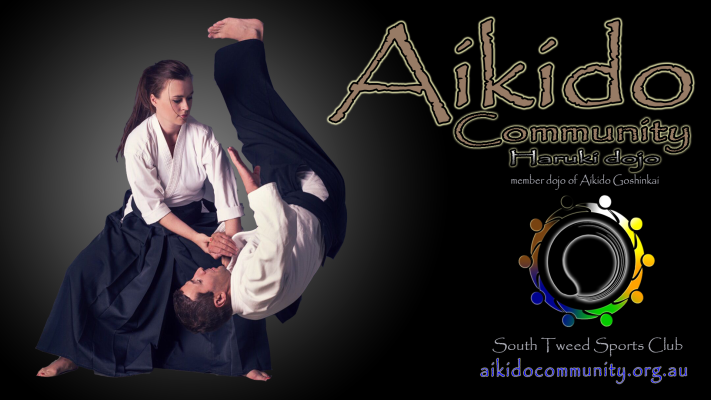


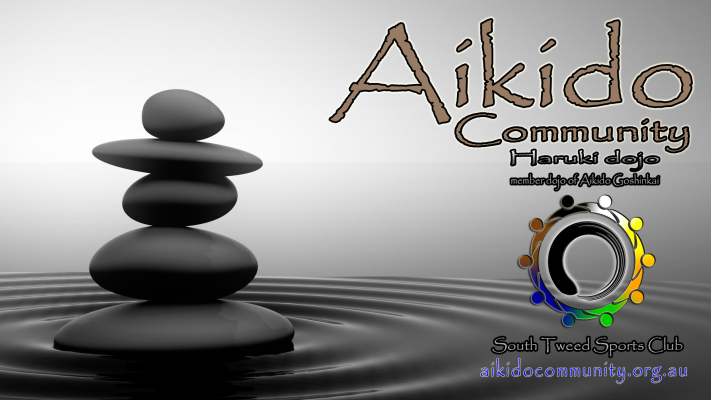
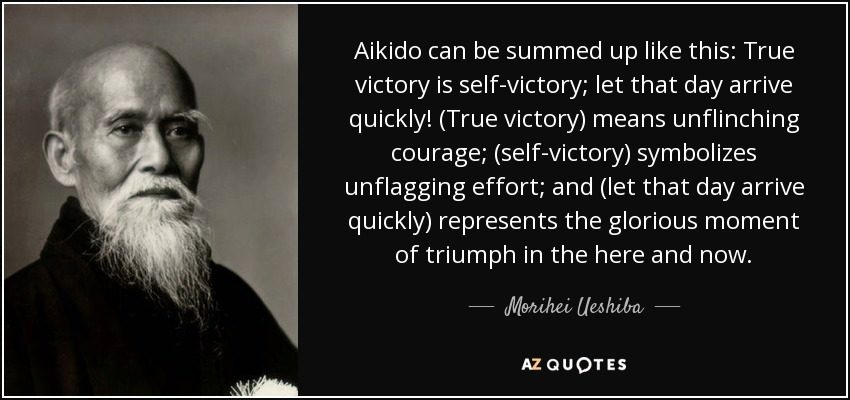

About Aikido
Aikido is a highly refined Japanese martial art, developed last century as a means of physical, mental, spiritual and self-defence training. Aikido develops coordination of mind, body and spirit. Through its philosophy and techniques, Aikido brings us into harmony with our environment, other people and ourselves. Unlike many martial arts, Aikido requires no advantage in strength or speed, and is practiced successfully by people of all ages and abilities. Aikido practice develops flexibility, coordination, concentration, improved health and fitness, effective communication skills and self-esteem.
Central to Aikido is the idea of being in harmony with your opponents, rather than in conflict with them. The movement and energy of an attack is redirected without the need for collision or the use of force. The physical practice of this fundamental principle of Aikido, leads to a better understanding of people and nature, while teaching essential skills for the resolution of conflict. The movements of Aikido are circular and flowing. They are designed on the principles of nature and move in circles and spirals. When Aikido is performed well there is great beauty and composure in the movements of both partners.
Aikido is different from, for example, Judo or Karate, in that it is not a competition sport. In Judo and Karate, there is a kind of “battle”, or match, which usually ends with a victor and a loser. But in Aikido, there is neither battle nor match. Victory and defeat are not relevant to the practice of Aikido. When two partners practice Aikido, they do not compete, but work together to help each other learn the art. The goal of Aikido, as is said, is harmony with the universe.
Aikido is performed by blending with the motion of the attacker and redirecting the force of the attack rather than opposing it head-on. This requires very little physical energy, as the aikidoka “leads” the attacker’s momentum using entering and turning movements. The techniques are completed with various throws or joint locks.
Life is a negotiation. In Aikido the physical and mental forms we learn and exercises are so we can negotiate life while remaining positive. One of our aims in Aikido is to neutralise aggression in word and deed. When we have to react physically or verbally with another’s aggression we negotiate rather than inflict a lesson. We show the inappropriateness of the aggressor’s actions while giving the aggressor or aggressors an opportunity to change.
The Aikido Dojo

The dojo (meaning ‘Place of The Way`) provides a secure and friendly environment where we can begin to see and understand our fears, anxieties, reactions and habits. Aikido training is entirely non-competitive and fosters a cooperative and supportive attitude. The concentration and discipline required for Aikido training brings focus to our daily lives.
Aikido challenges us to improve our skills and attempt new things. By achieving these skills, we gain confidence in our ability to maintain stability whenever we encounter difficulty. The first thing you notice about someone is their attitude. If your attitude and thoughts are positive, your life reflects positive results.
Training
Training in Aikido requires consistent and diligent practice. Although as a beginner you might train just once a week, you should be prepared to make a commitment to train at least two or three times a week if you want to make progress in the future. Sincere and dedicated practice is required to attain a state of being in which philosophy, technique, attitude and spirit merge. When there is no longer a distinction between daily life and the practice of Aikido we truly will be following the ‘Way of Harmony`.
The physical aspects of Aikido, as graceful and dynamic as they can be, are only the outward manifestation of what is, most importantly, a real and direct way to improve our quality of life.
The Aikido Symbol
The triangle is the strongest geometric shape in nature and it represents the aikidoka within their dynamic sphere which is represented by the circle. The square represents the aggressor and the fact that the triangle and circle are in the centre represent that the aikidoka and their dynamic sphere are the centre of the Aikidoka’s universe around which the aggressor revolves.

